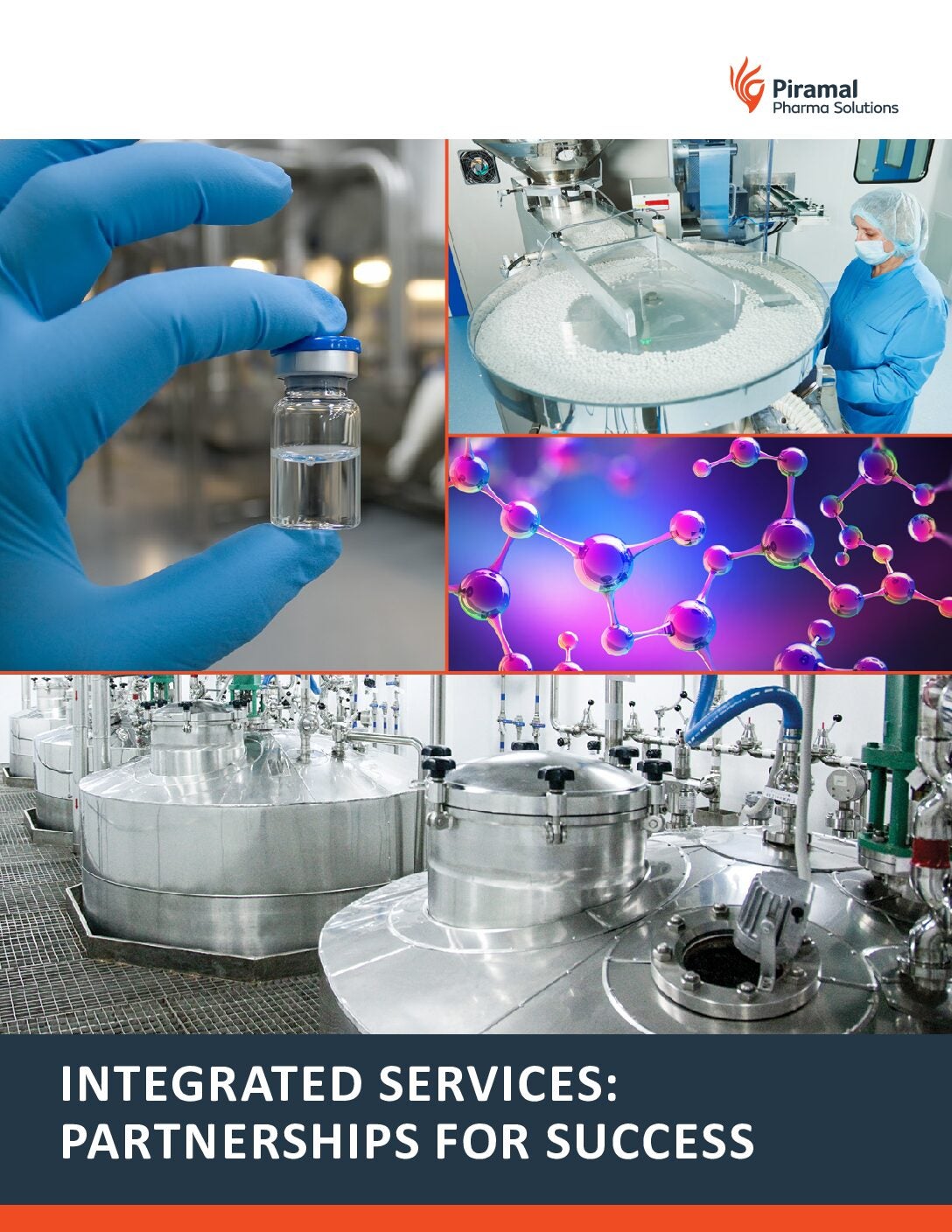
ADCs are precision medicines that hitch a cell-killing drug (the “payload”) to an antibody via a chemical “linker”. The antibody ferries the payload to cells bearing a targeted protein on their surface; once inside, the linker breaks and releases the drug. That basic idea is now delivering on a huge scale. By 2024 the field counted 21 global approvals and generated $13.6bn in sales. ADCs are no longer a niche modality.
The commercial base is broadening rapidly. GlobalData estimates suggest the ADC market will grow from $50m in 2011 to a forecasted $40bn by 2029. And the pipeline points to serious depth. Looking at the ADCs coming through it, 6% are marketed (19 products), 48% are in Phase I (138), 33% in Phase II (96), 12% in Phase III (34), and 1% are pre-registration (3), signalling a steady flow to come over the second half of the decade.
Boardrooms have noticed. In GlobalData’s mid-2025 survey of biopharmaceutical industry leaders, ADCs were ranked among the most impactful industry trends over the next 12 months, joining other big-hitting trends like artificial intelligence (AI) and precision medicine. As they move from experimental therapy to mainstream, pharma firms need to work out strategies that will propel them forwards in the ADC era.
Smarter designs and widening use cases power growth
What is driving the market for ADCs forward and why are they so relevant now? First, the numbers speak for themselves; the projected increase in market size to over $40bn by the end of the decade makes it an unusually vibrant area of research. It points to an expanding medical frontier, brimming with potential.
Second, components going into ADCs are improving. Two families of cell-killing drugs dominate: microtubule inhibitors, which disrupt the cell’s internal scaffolding and block division, and topoisomerase-I inhibitors, which wrongfoot DNA-copying machinery. Engineering of linkers – the molecular tethers that hold an ADC together – is now better than ever, enabling them to remain stable in the bloodstream but break neatly inside target cells. These advances underpin the recent revenue surge, opening new doors for more ambitious development.
Furthermore, new architectures are emerging. “Bispecific” ADCs – antibodies designed to bind two targets at once – aim to increase precision and overcome patchy protein expression seen in many tumours. There are 211 bispecific ADCs in development (about 14% of 1,554 active ADCs), 84% of which are still in discovery or preclinical work. Four are already in Phase III.
Finally, digital accelerants are shortening early cycles. GlobalData surveys find that more than 3,000 drug programmes have now used AI in some part of discovery or design, mostly at the earliest stages. This is only set to ramp up, with AI being used to predict antibody structures, solubility and stability in ADC development. In doing so, it will allow teams to weed out poor designs before stepping into the lab.
Why capable partners are crucial
For all the advancements, ADCs are challenging to make reliably. A single product combines a biologic (the antibody), a highly potent small-molecule drug, and a linker; each component must be made, tested and joined under tight controls, and then filled into sterile vials for injection. Documentation must satisfy complex compliance requirements with both biologics and small-molecule regulators, and supply chains can fray when multiple contributors with different company cultures and quality systems are feeding into the manufacturing of myriad intricate parts.
One solution is to employ contract development and manufacturing organisations (CDMOs). At their best, these partners can combine antibody production, payload-linker chemistry, conjugation, analytics, sterile finishes and market support under one roof. That integration matters in a world of technical challenges and tight timelines.
The practical value is clear. A single, accountable team can harmonise processes, analytical methods, material supply, project timelines, logistics, regulatory requirements and prepare documentation packages expected by regulators. That slashes the risk of batch failures, timeline delays, and costly scope changes . These are precisely the pitfalls that seasoned CDMOs are set up to avoid, and why sponsors increasingly treat manufacturing strategy as part of product strategy rather than an afterthought.
The best CDMOs are those combining longevity with a commitment to innovation. Consider, for example, Piramal Pharma Solutions. Piramal’s specialism in bioconjugates extends back to 2005. It was the first CDMO to develop and commercially manufacture an ADC. Its client base spans a wide range of biotechs and many of the world’s largest drug-makers. In recent years the firm has also pumped more than $150m of investment into expanding and upgrading facilities for antibodies, payload-linkers, bioconjugate drug substance and drug product, with the goal of supporting programmes from pre-clinical batches through late clinical and commercial supply. And their ADCelerate programme offers integrated ADC drug substance and drug product, with guaranteed delivery at a fixed price. It reflects the combination of experience and expertise needed to keep timelines predictable when the work involves hazardous molecules and complex supply chains.
ADCs are no longer a speculative bet. They are pouring through the pipelines now, and more adventurous architectures, such as bispecific ADCs, are on the way. The winners will be the teams that can turn finely tuned designs into products made safely, repeatedly and at scale. The world’s leading pharma firms are already doing so by building networks of partners who help them achieve just this – and your firm can do the same. Fill in your details on this page to learn more.




